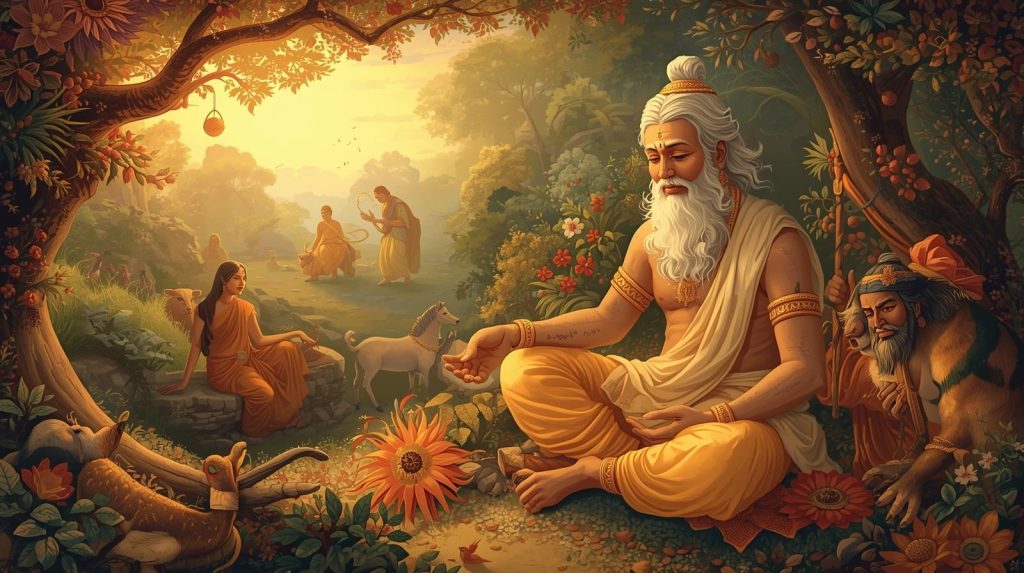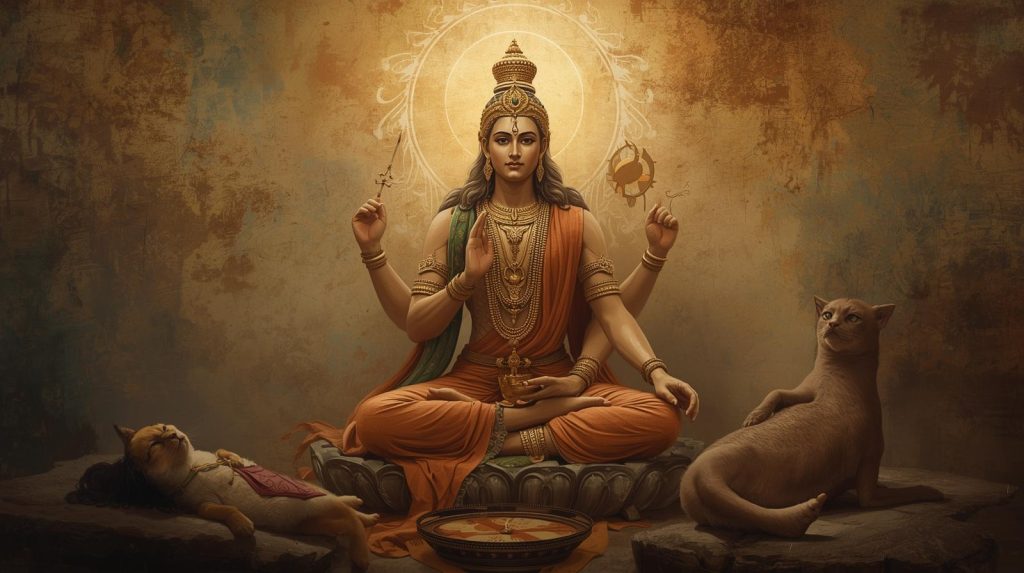Among the 24 Jain Tirthankars, Chandraprabha Swami holds a special place as a radiant figure of peace and purity. His teachings reflect the eternal values of Jain Dharma—rooted in Ahimsa, truth, and self-restraint. Much like the soothing light of the moon, his presence inspired followers to live lives of balance, non-violence, and righteousness.
1. Ahimsa as the Core of Life
Chandraprabha emphasized that all living beings—humans, animals, even the smallest insects—deserve compassion and respect. By practicing non-violence in thought, word, and action, devotees could purify their souls and progress on the path to liberation.

2. Dharma as Righteous Conduct
For Chandraprabha, Dharma meant more than rituals—it was about living ethically every day. Truthfulness, humility, and self-control were seen as the true markers of Dharma, ensuring harmony within oneself and with the world.
3. Detachment and Inner Purity
His renunciation of worldly life served as a reminder that true happiness does not lie in material possessions but in spiritual awakening. By detaching from greed and ego, one can live in alignment with Dharma and Ahimsa.
4. Guidance for Devotees
Through his sermons and example, Chandraprabha encouraged his followers to embrace meditation, simplicity, and compassion. He guided them to practice Samyak Darshan (right faith), Samyak Jnan (right knowledge), and Samyak Charitra (right conduct)—the three jewels of Jainism.
Relevance in Modern Times
In today’s world of conflict and material pursuit, Chandraprabha’s message of Ahimsa and Dharma feels more relevant than ever. Choosing non-violence, ethical living, and self-control can help create a society rooted in peace and respect for all beings.
Conclusion
Chandraprabha Swami’s role in promoting Ahimsa and Dharma stands as a timeless guide for humanity. His teachings illuminate the path toward compassion, truth, and spiritual freedom, inspiring seekers to live as peacefully and purely as the gentle glow of the moon.


